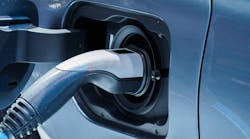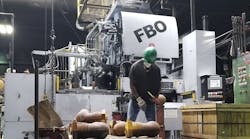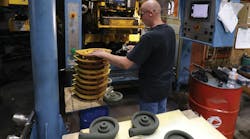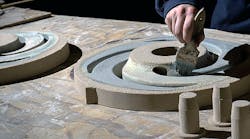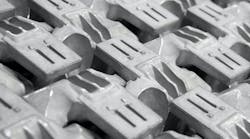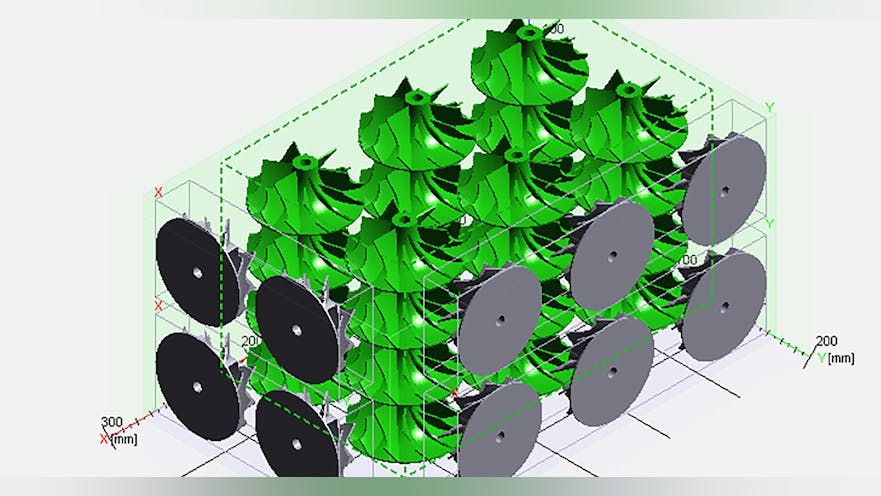The potential threat to metalcasting presented by additive manufacturing remains mostly potential. Whereas AM parts can exhibit geometric variety and precision, most AM products are not cost-effective in the volumes that metalcasters are able to achieve, or they cannot match the output of foundries and diecasters in terms of material specification, or scale, or mechanical durability. At least, not yet.
But in one aspect of metalcasting the emergence of volume-oriented additive manufacturing has been a breakthrough. Investment casters have discovered that AM-produced patterns are cost-effective and reliable in their high-precision operations, many of which involve high-volume production of products like impellers, blades, or nozzles in power units.
Voxeljet AG, which produces large-format 3D printers as well as AM parts on demand, recently introduced a new polymethyl methacrylate (PMMA) formulation for producing investment casting patterns and design models. The 3DP process of producing PMMA forms is comparable to the process of printing bonded-sand molds: layer by layer, according to a .stl file derived from CAD formulae.
The new PPC2 formulation is the basis for a new printing process, modified from the previous PolyPor PMMA processes. Compared to that previous PMMA process, forms printed using PPC2 have an overall increased resolution, according the developer. For an investment caster, that means greater precision on the patterns it produces, including pattern trees for high-volume production.
The improved surface quality and clearer edges on the parts is a result of a finer PMMA particulate material — 37 μm (0.037 mm) — which means it is possible to print thinner layers, with a thickness of 100 mm, according to Voxeljet.
In addition to reduced particle size and thinner layers, the new PPC2 process includes a high-definition printhead that delivers a resolution of 600 dpi. The result is parts with highly defined design details that “are ideal for investment casting patterns.”
The material set causes almost no residual ash, Voxeljet noted. And there are cost-efficiencies too. Product manager Tobias Gruen pointed out that a new, “more compatible binder” extends the service life of Voxeljet printheads, so that they perform consistently. Also, the unbound PMMA powder can be reused and recycled for future projects.
“Our new PPC2 process will be initially offered on our VX200 system, with an effective build space of 274×174×127 mm,” explained CEO Dr. Ingo Ederer. “It is an affordable entry into 3D printing for investment casting foundries, with an efficient part production for commercial castings, such as turbine impellers, turbine blades.
“Thanks to our binder-jetting technology, no additional support structures are needed,” Ederer continued. “By means of this, precious build space can be used efficiently by building parts stacked on top of each other.”
Tobias Gruen, Voxeljet product manager, added that “the use of a new and more compatible binder ensures that our industrial printheads have an increased lifetime that perform a consistent printing quality. Moreover, the unbound PMMA powder can be reused and recycled for forthcoming printing jobs, which ensures efficient material usage.”
Sample parts produced by PPC2 are available through Voxeljet’s commercial venues in Germany and Canton, MI.

